“One mistake people make is thinking nothing can go wrong” – why do hikers get lost and how do some survive?
An analysis of over 100 news reports details how hikers get lost in the wild, and the lengths they go to in order to come back alive
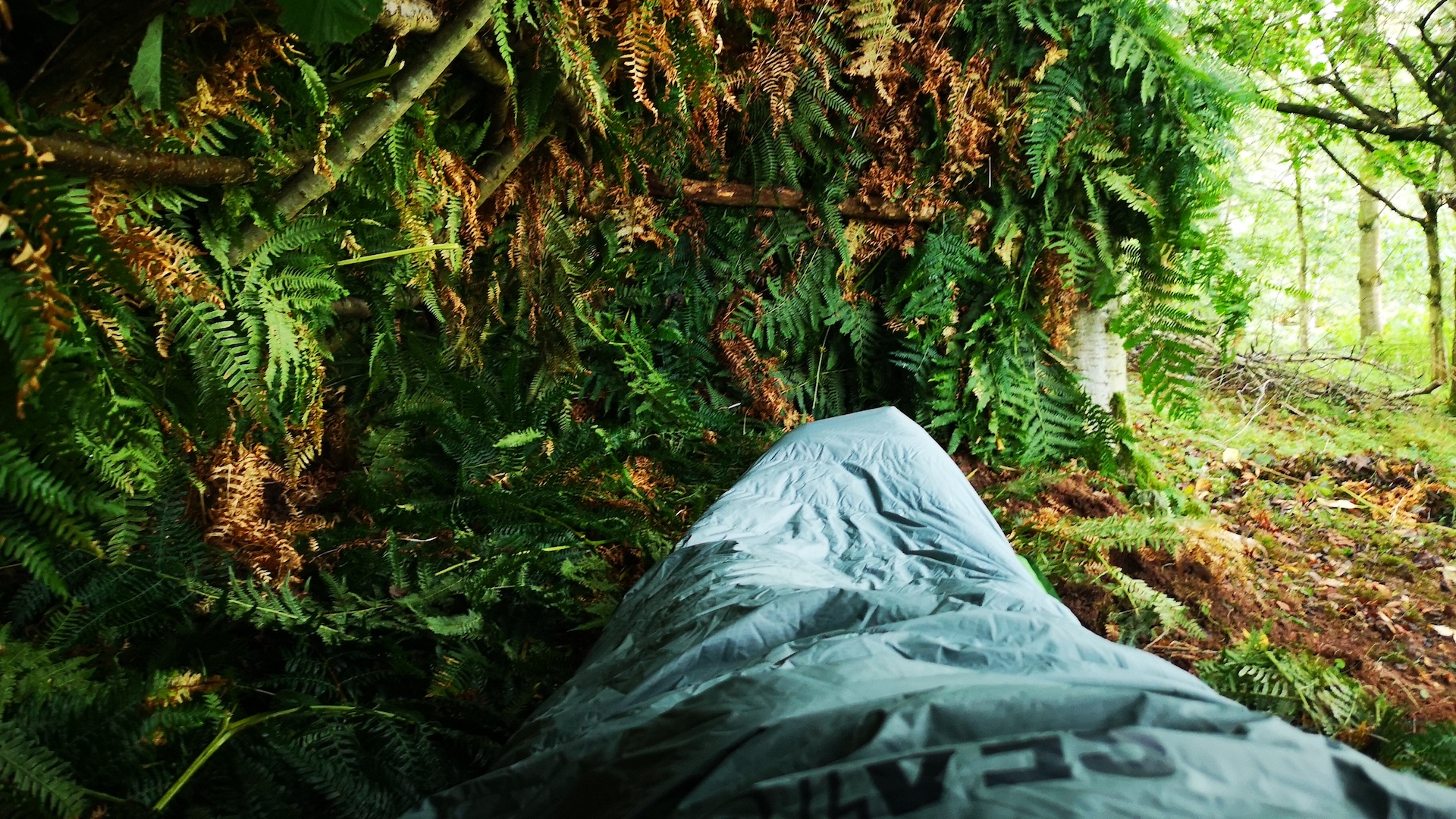
From slipping down waterfalls to wandering into dangerous cliffs after following non-existent trails on Google Maps, we cover stories of hikes gone wrong nearly every day. When you hear about an unfortunate hiker being rescued after spending days, weeks and sometimes months on the trail, it’s natural to wonder how on earth they survived. How did they get lost in the first place? What did they eat and drink while they were out there? And where did they sleep at night?
To answer these questions – and help hikers like you avoid and survive disaster – an organization named Smoky Mountains analyzed over 100 news reports to discover how people get lost in the wild, and the lengths they went to in order to come back alive.
Among them, a man who fought off a bear and spent months in the Canadian wilderness and another who ate pine seeds, bark and his own flesh to survive a week on Mammoth Mountain. There are stories of those who drank their own urine and dug snow holes, and others who relied on prayer and exercise. What they all have in common is they survived.
This article outlines some of the reasons hikers get lost and what they did to make sure that hike wasn’t their last. Though some of the details are gory, the purpose isn’t to sensationalize these stories but to help you set off prepared every time you lace up your hiking boots and hit the trail.
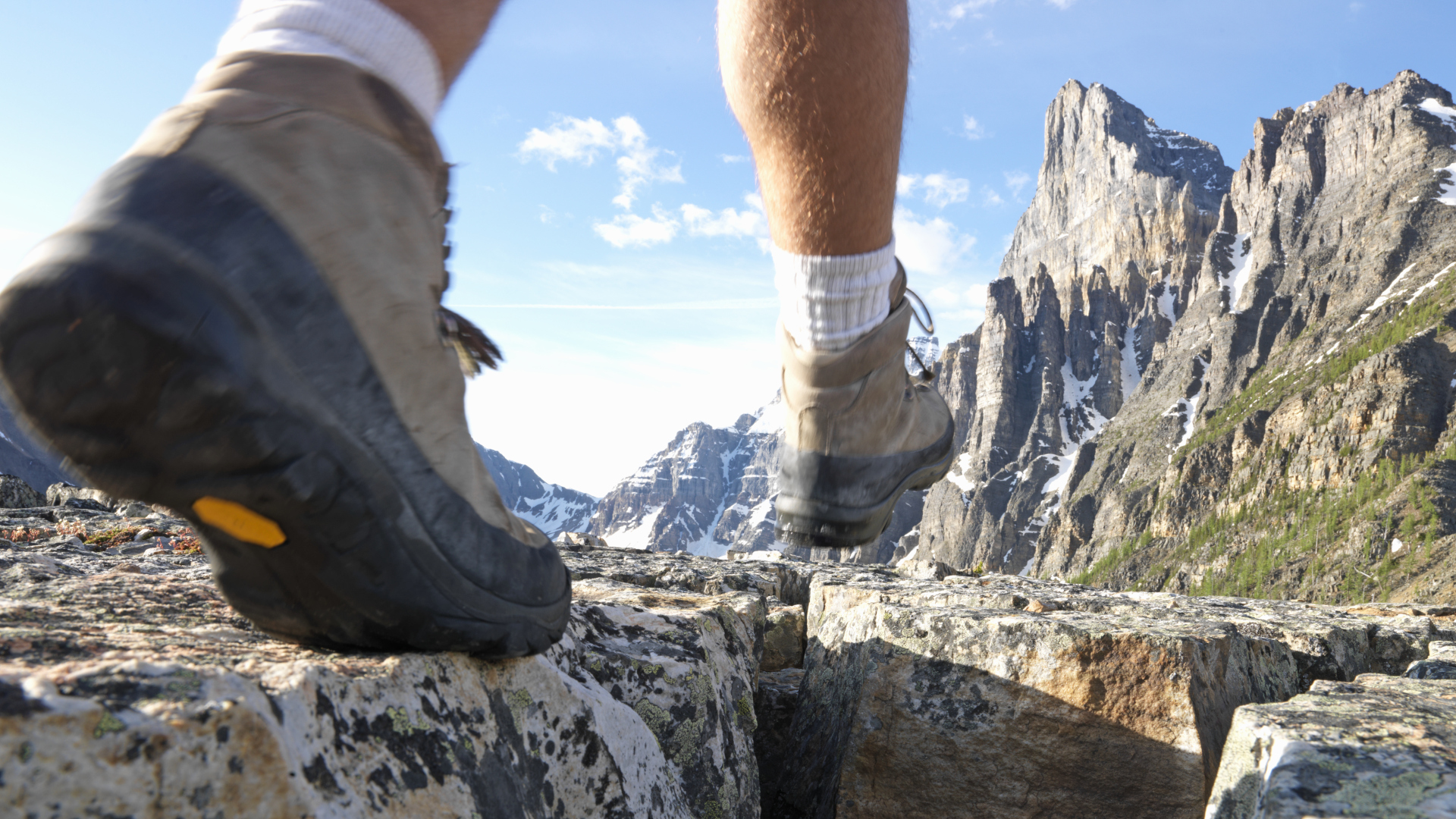
Why do hikers get lost?
If you’ve only ever hiked on well-maintained trails, you might be wondering how anyone ever gets lost in the first place. Do they become disoriented? Did their compass fail? Were they out after dark and unable to see where they were going? In some cases, probably, but in a whopping 41 percent of cases reviewed, people got lost simply because they wandered off the trail.
Perhaps the trail was overgrown or they were relying on an inaccurate hiking trail review. Maybe they were looking for a private spot to go to the bathroom or wanted to explore a viewpoint. No matter the reason, a lot of suffering can be averted by simply doing some research and staying on the trail.
Bad weather was the second biggest reason for people getting lost, accounting for 17 percent of cases, and it’s an important reminder that snow can make trail finding difficult while fog and rain can drastically reduce visibility. Always check the mountain weather forecast before you go, using a reliable weather app, and carry a map of the area and compass (and know how to use them).
All the latest inspiration, tips and guides to help you plan your next Advnture!
Finally, falling off the trail was the third most common reason for lost hikers, and while it’s simply the case that accidents can happen to anyone at any time, it helps to wear proper footwear with good traction and avoid getting over tired. Stay aware of where you put your feet and be willing to turn back if the trail appears dangerous. Learn more in our article on how to avoid falling on a hike.
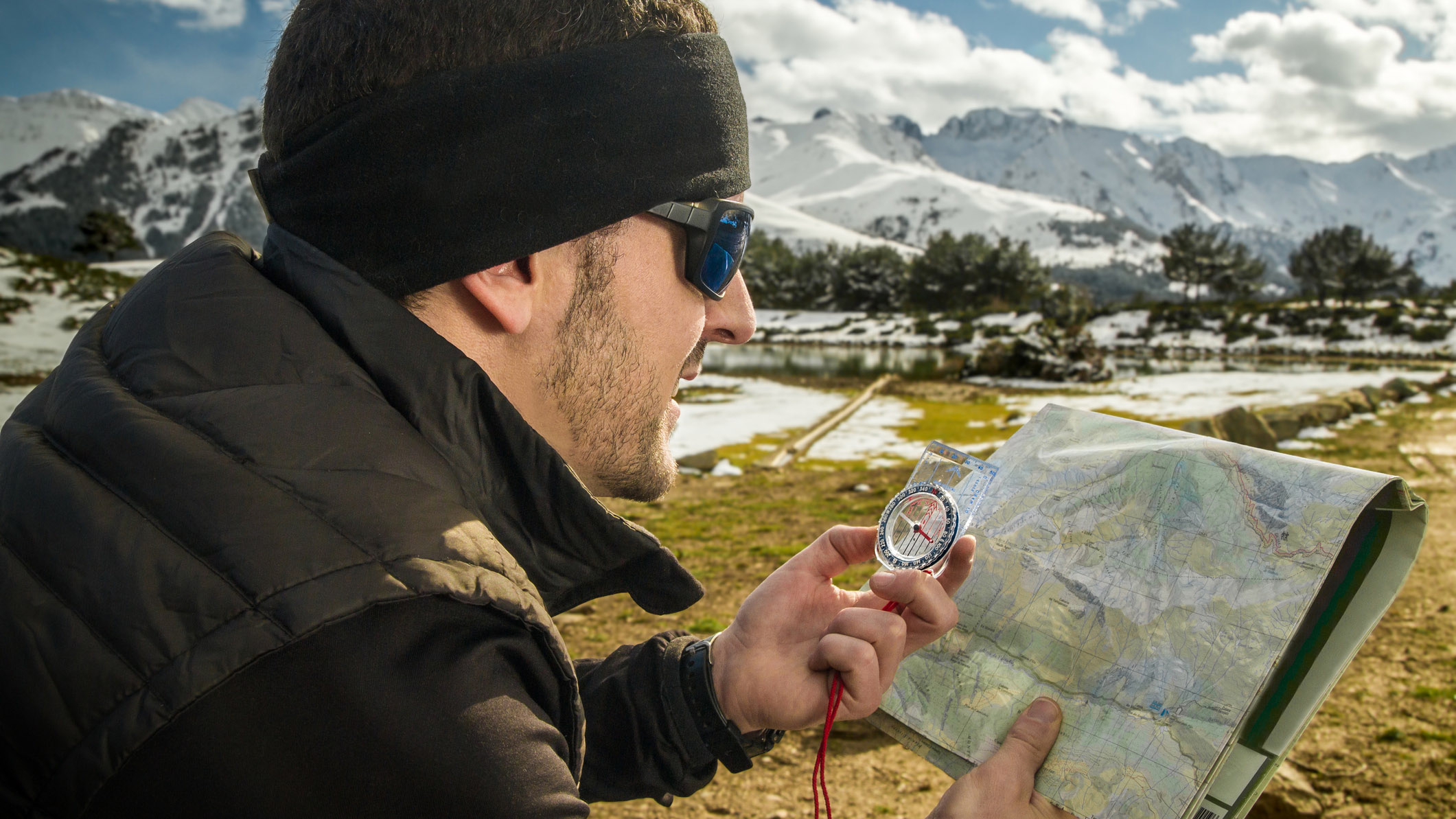
How do lost hikers survive?
When you hear survival stories like that of the 50-year-old hiker who was found alive after being missing in the Grand Canyon for 50 days back in 2021, your mind goes straight to the question of how. How is it possible to survive for months against freezing cold nights, scorching hot days and wildlife attacks, even if you’re prepared with a camping knife and extra food?
Ultimately, in order to survive any prolonged period in the wild, you need four things: warmth, shelter, water and food. The analysis looks at how hikers sourced these four things. Here's what they came up with:
1. Keep warm
At night, temperatures can drop below freezing at altitude even in the warmest months, which is why we're always going on about dressing in hiking layers. It turns out this has some merit. Twelve percent of hikers credited their clothing for helping them stay warm, while 10 percent were able to build a campfire and the same proportion was carrying camping gear.
Even if you’re just going on a day hike, it’s recommended that you bring an insulating layer like a fleece jacket as well as an emergency shelter and fire starter – perhaps you read about the lost hiker and his dog who kept warm using hand sanitizer to create a fire. Carry a means to start a fire, and some kind of kindling, especially if you're going above treeline.
Some less obvious methods for staying warm include snuggling with your dog or hiking partner, and doing some exercise – one hiker lost in Jasper National Park for nine days says he did calisthenics to keep warm. Of course, exercise can include walking, and this can be a great way to stay warm and increase your chances of finding a road or shelter. Consider whether following a stream downhill is likely to take you closer to civilization, or uphill will take you to a spot where it’s easier for a helicopter to see you.

2. Seek shelter
Even the best waterproof jacket and rain pants will wet out eventually, and finding shelter is key to staying alive, as precipitation can turn deadly when the temperature drops and you can’t dry out. Let’s be honest though, most of us don’t carry a tent or bivy sack if we’re not planning to spend the night outdoors. We probably should though, as camping equipment was credited for the survival of 11 percent of cases. Carrying a shelter doesn’t have to weigh you down – the Lifesystems Heatshield Thermal Bivi Bag weighs less than four ounces and could save your life.
Those lost hikers who didn’t have camping gear relied on caves, trees and digging holes for shelter. It’s worth reading our article on how to build a natural shelter in case you find yourself out and about without any canvas.

3. Stay hydrated
We all know that you can survive for weeks without food and shelter, but only a matter of days without water and you probably don’t want to join the six percent of lost hikers who had to drink their own urine to survive if you can possibly avoid it.
Other than urine, 13 percent of lost hikers rationed their existing water and 16 percent relied on snow, rain and puddles, but the majority (24 percent) drank from rivers and streams. Even though drinking water in the wild can carry some risks, such as contracting bugs like giardia, when you’re in a life-or-death situation it’s generally viewed by medical professionals to be better than suffering from dehydration. That said, it’s a good reminder to carry a water filter like the LifeStraw that removes bacteria and viruses so you can drink as much water as you want, safely.
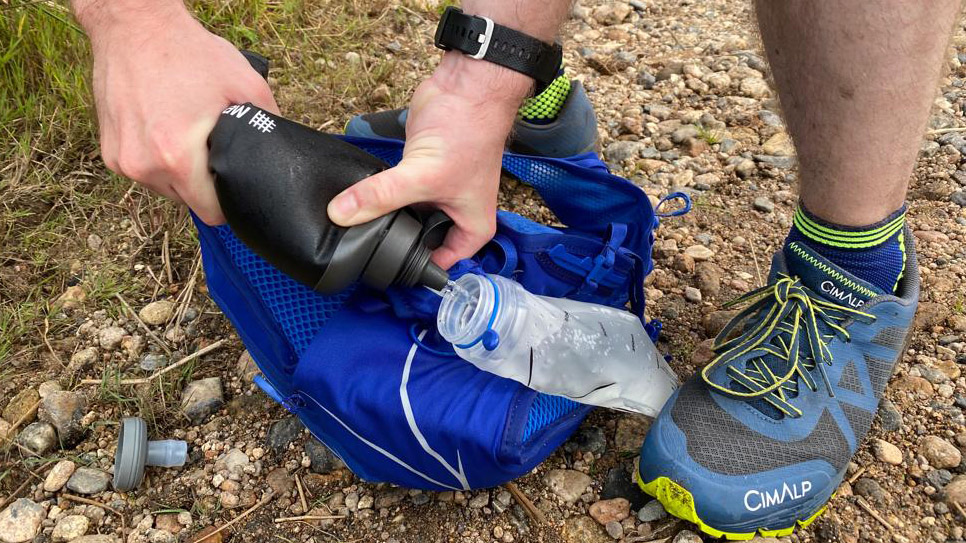
4. Find fuel
You can survive for weeks without food, but chances are, you’d rather not. Still, 17 percent of cases had no food during their ordeal, while 35 percent rationed snacks they had brought with them. You might think a granola bar won’t stretch far, but one lost hiker managed to survive two weeks on just half a jar of salsa.
That said, there’s a limit to how much trail mix you can possibly carry for a hike, and some lost hikers found themselves turning to natural food sources like plants and even hunting, in a few cases. The worst case reported involved a hiker missing for 90 days in Matagami Lake, Canada, who reportedly ate his own dog to survive.
Clearly, after a certain amount of time, you’ll run out of food, but it’s important to set off with some supplies. Foraging and hunting skills certainly wouldn’t go amiss and as time goes by, it will help to reduce your calorie expenditure by avoiding strenuous activities if you can.
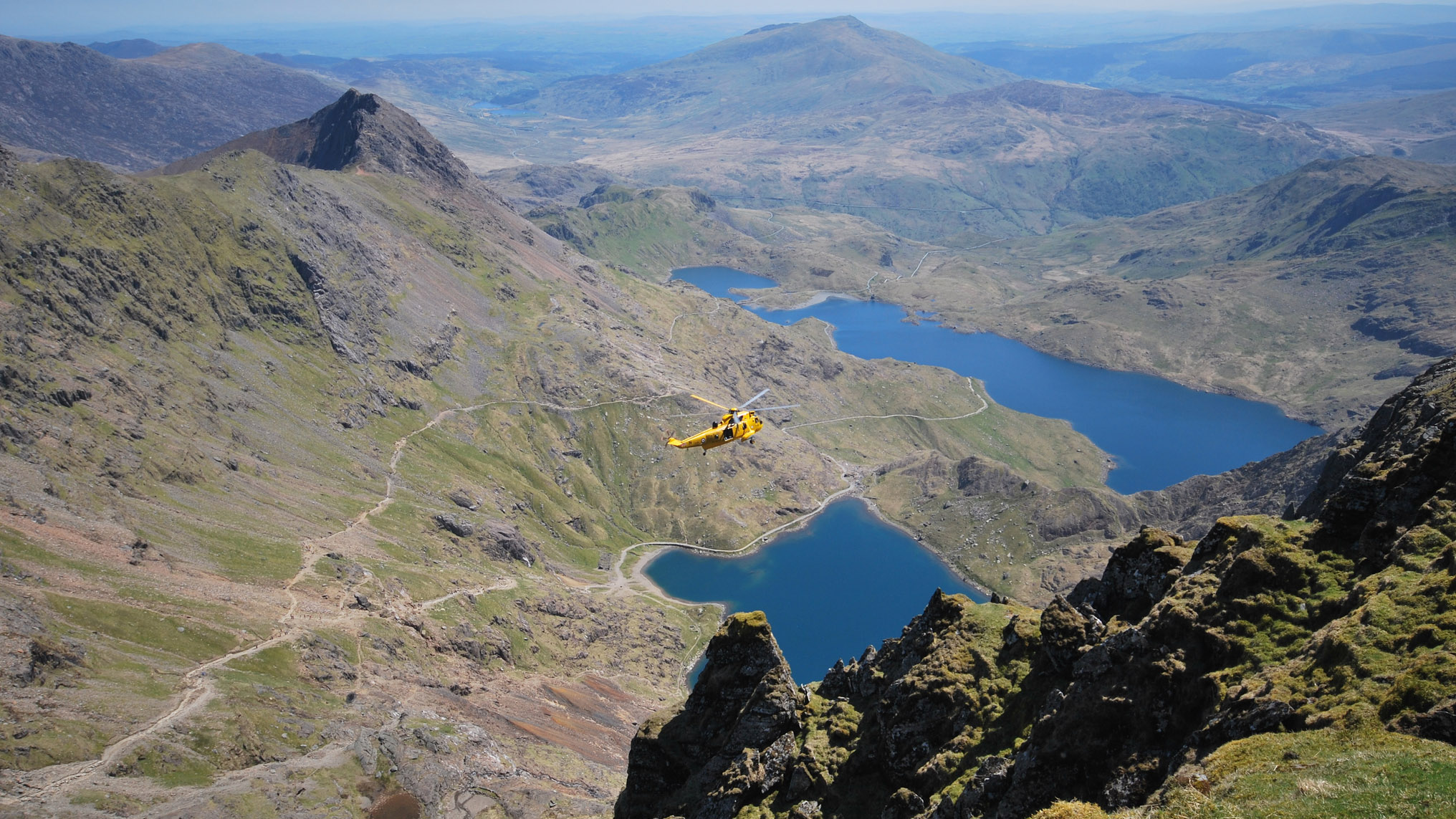
Always be prepared
“One mistake people make is thinking nothing can go wrong,” says George Brown, who spent two days lost in Montana’s Bob Marshall Wilderness.
At the end of the day, most hikes end with nothing more than tired feet and happy memories, but it’s always worth assuming that you’ll get lost, and being prepared for that possibility. As we’ve previously written, one of the most important (and simple) things you can do is to tell someone where you are going and when you expect to be back, so they can raise the alarm quickly.
It’s also helpful to know how to call for help when your phone has failed you (though the iPhone SOS feature is also worth getting to grips with) and how to signal a helicopter so that your rescuers have a better chance of spotting you from above.
Don’t let any of this deter you from exploring nature – the benefits of hiking far outweigh the possibility of you ending up in a survival situation – but arm yourself with the 10 essentials, hike within your ability, skill and fitness level, and never assume that nothing can go wrong.
Julia Clarke is a staff writer for Advnture.com and the author of the book Restorative Yoga for Beginners. She loves to explore mountains on foot, bike, skis and belay and then recover on the the yoga mat. Julia graduated with a degree in journalism in 2004 and spent eight years working as a radio presenter in Kansas City, Vermont, Boston and New York City before discovering the joys of the Rocky Mountains. She then detoured west to Colorado and enjoyed 11 years teaching yoga in Vail before returning to her hometown of Glasgow, Scotland in 2020 to focus on family and writing.

